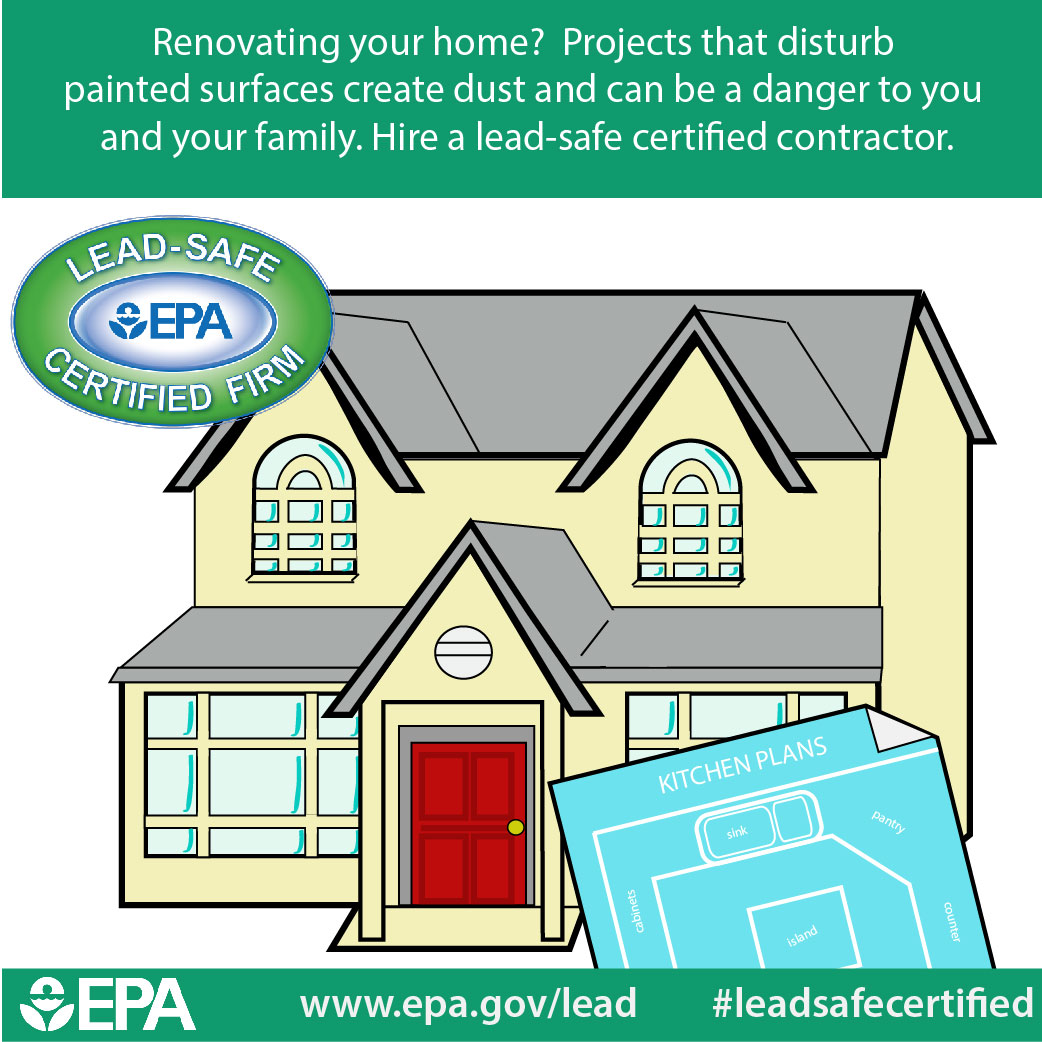The Connection In Between Neighborhood Climate Conditions And The Sturdiness Of Industrial Exterior Paint
The Connection In Between Neighborhood Climate Conditions And The Sturdiness Of Industrial Exterior Paint
Blog Article
Short Article Developed By-Svane Brantley
When you're selecting business exterior paint, have you taken into consideration exactly how your local climate might influence its sturdiness? Factors like temperature fluctuations, moisture levels, and UV direct exposure can substantially affect how well the paint adheres and stands up over time. For example, in areas with high humidity, you may find that peeling off and gurgling come to be common concerns. On the other hand, severe warmth can cause quick evaporation, compromising the paint's efficiency. Understanding these dynamics is vital, but there's even more to discover about exactly how certain conditions can dictate your options.
Temperature Level Variations and Paint Efficiency
Temperature variations play an important duty in paint performance, affecting every little thing from attachment to long life. When you use paint in severe temperature levels, whether warm or cold, it can cause bad outcomes. If it's also cool, the paint might not cure appropriately, leading to a weak bond to the surface area. You could observe peeling off or flaking soon after application if you disregard this factor.
Alternatively, using paint in heats can cause the paint to completely dry as well quickly, which can cause issues like brush marks or an uneven coating. You want your paint to move smoothly and stick well, so timing your application according to temperature is vital.
Furthermore, temperature fluctuations can cause the paint film to expand and contract, bring about cracks and various other damages over time. Particularly in regions with considerable temperature level swings, you'll intend to pick a paint specifically developed to hold up against these changes.
Prior to starting your task, check the weather prediction and guarantee you're functioning within the temperature level range suggested by the paint producer. By doing this, you'll enhance the resilience of your paint work and keep its visual allure for longer.
Moisture's Influence on Layer Durability
Humidity substantially impacts paint toughness, commonly in ways that can shock homeowners and specialists alike. interior painting art can prevent the drying process of paint, causing longer drying times and potentially capturing moisture below the surface area.
This trapped wetness can trigger the paint to lift, bubble, or peel off, substantially reducing its durability. Alternatively, exceptionally reduced humidity can cause quick dissipation, which may trigger the paint to dry also quickly.
This can cause poor attachment and a rough finish, making the covering much more prone to damages. It's essential to choose the right time for painting, ideally during moderate humidity levels, to ensure ideal outcomes.
You need to additionally consider the sort of paint you're making use of. Some formulations are specifically designed to stand up to high humidity, supplying far better bond and versatility.
Using a primer can likewise assist by developing an obstacle against dampness, boosting longevity.
UV Exposure and Color Fade
Ultraviolet (UV) exposure constantly plays a crucial function in paint resilience, especially when it pertains to shade retention.
When you select external paint for your business residential or commercial property, you need to be conscious that UV rays from the sun can break down the chemical bonds in the paint. click this link here now brings about tint discolor, lessening the vibrant look you at first wanted.
If your structure deals with direct sunlight for extensive durations, you'll see this fading extra quickly. The strength and angle of sunlight can also affect how rapidly your paint loses its luster.
Lighter shades often tend to show fading greater than darker shades, but all shades are prone to UV destruction.
To fight this issue, consider utilizing paint formulated with UV-resistant residential properties. These specialized paints have additives that help protect the surface area from damaging rays, prolonging the color's life-span.
Regular upkeep, like washing the surfaces and applying touch-ups, can also help maintain the paint's appearance.
Conclusion
Finally, understanding your regional environment is essential for selecting the appropriate industrial outside paint. Temperature level changes can influence curing, while high humidity can trap wetness and cause peeling. Do not forget UV direct exposure, which can trigger colors to fade in time. By choosing paint particularly designed for your location's problems, you can boost toughness and preserve the beauty of your property. Purchasing the ideal paint currently will certainly save you money and time in the future.
